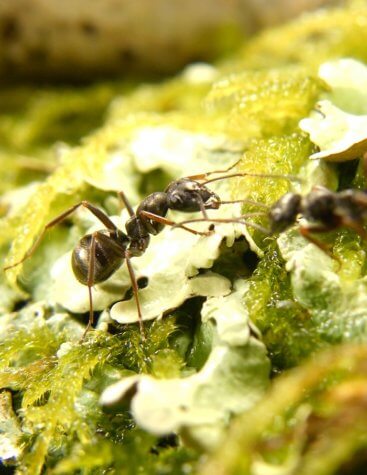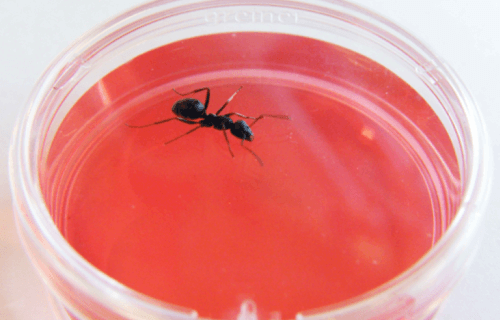
PARIS, France — Ants may be the answer when it comes to creating an affordable test for diagnosing cancer. Researchers in France say they have successfully trained these ordinary insects to sniff out cancer cells. In lab experiments, the tiny cancer screeners could actually tell the difference between the smell of healthy cells and disease cells.
Cancer is one of the leading causes of death worldwide and detecting it can be a difficult and expensive process. Although procedures like mammograms, MRIs, and biopsies are common, scientists have also tried other methods to screen for cancer — including using the power of smell.
Cancer cells have a unique odor
A team from the French National Centre for Scientific Research explains that cancer cells alter a patient’s metabolism. This process produces a unique pattern of volatile organic compounds (VOCs) — which have their own odors as well.
With that in mind, previous studies have looked at how well dogs can sniff out these cancer biomarkers. While the famous smelling power of man’s best friend may make them an obvious choice for the job, study authors note that it actually takes too long and costs too much to train a dog to properly sniff out cancerous cells. That’s where the ants come in.
The team found that insects, including ants, have a refined sense of smell and can quickly learn to seek out cancerous VOCs. In experiments with three dozen ants, the team tested the insects’ ability to not only sniff out cancer cells from healthy ones, but also tell the differences between two different forms of cancer.
“We show that individual ants need only a few training trials to learn, memorize, and reliably detect the odor of human cancer cells,” the study authors write in the journal iScience. “Our findings suggest that using ants as living tools to detect biomarkers of human cancer is feasible, fast, and less laborious than using other animals.”

There are dozens of different cancer odors
Specifically, study authors examined the ants’ ability to detect different forms of breast cancer, including the highly aggressive triple-negative variety. In one test, the ants learned to tell the difference between healthy breast cells and the cancerous MCF-7 cell line. During another experiment, the ants learned to find MCF-7 cells in the same petri dish containing MDA-MD-231 cell lines — which is a form of triple-negative breast cancer.
In each test, the ants moved towards the cancer cells they learned to detect, even if they had to choose between other cancer varieties. Overall, scientists found 25 VOCs the ants could sniff out across all of the cancer samples.
The team notes they used the Formica fusca species of ant for their research. These black-colored ants are common throughout Europe, Southern Asia, and Africa. They are more commonly known by names such as the silky ant and the dusky ant.
“The efficacy of this method must now be assessed using clinical trials on a human being but this first study shows that ants have high potential, are capable of learning very quickly, at lower cost, and are efficient,” the team concludes in a media release.
